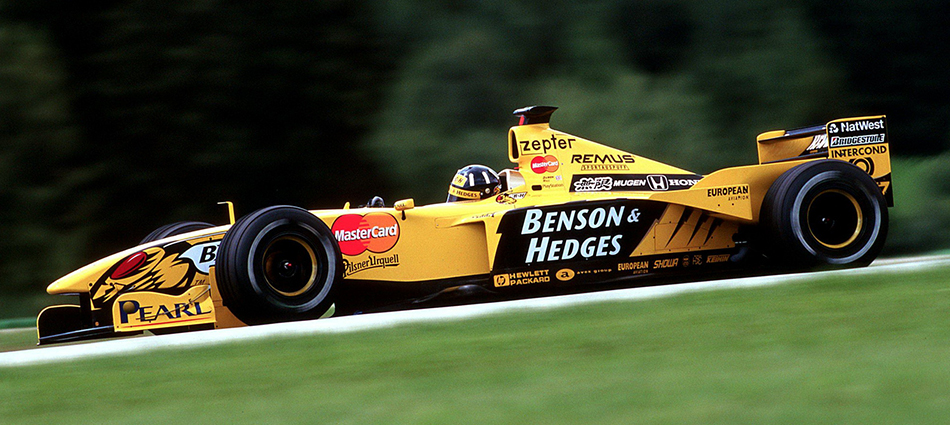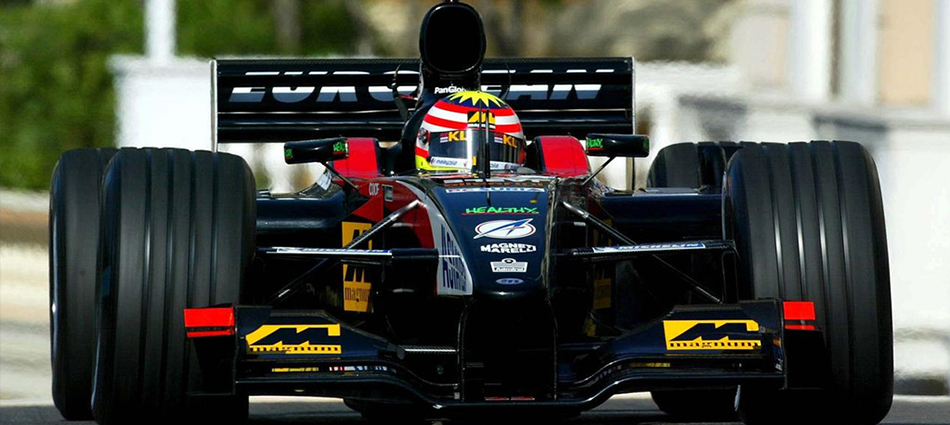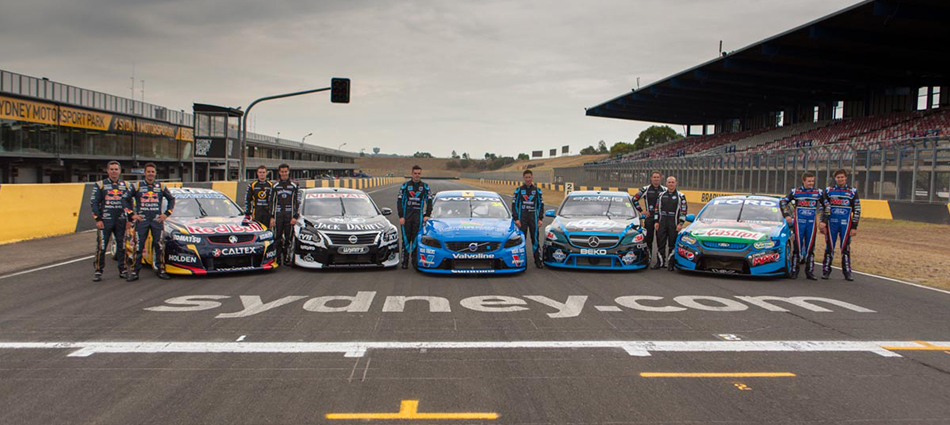The Thinker's Garage Pondering Automotive History, Design and Culture

Motorsport – Sporting regulations won’t fix the show
As the motorsport year commences, a number of the world’s major racing categories have caused controversy by announcing rule changes aimed at ‘improving the show’. It starts at the top – Formula 1’s double point finale rule has caused outcry amongst the sport’s followers, and I still don’t fully understand the new knockout format of the NASCAR Sprint Cup’s Chase. Having a sport that is accessible for those who may not be hardcore fans is important, and I understand why series promoters are so keen to create excitement, but one must question the wisdom when rules implemented to spice up the show turn out to be needlessly overcomplicated and produce races that ultimately feel staged.
It seems that a lot of governing bodies have overlooked the basics with their championships. Yes, people want to see famous drivers battling it out. But the cars need to be exciting to watch, relevant (this is important for fans, manufacturers and sponsors) and good looking on television. The series needs to appear stable and professional. Although advancement in motorsport is undoubtedly driven by engineering, I feel the community as a whole should be putting some more emphasis on the importance of design, particularly when in many cases the pure sporting aspect has already been compromised.
F1 2014: Not Pretty
Nobody wants to watch ugly cars. The 2014 Formula 1 grid is shaping up to be hideous, and excuses or the suggestion we’ll all just get used to it aren’t good enough. The rule makers have unintentionally developed a set of regulations for which the best solutions are unattractive. Considering the measures taken to ‘improve the show’ in other areas – DRS and the double point final race, for example – to allow the centre of the event, the cars, to be so unappealing seems like a massive oversight. I would rather watch a less exciting natural race with beautiful cars than a contrived battle between ugly ones. After all, the most epic fights can’t be fabricated.
F1 2002: Processional, but still a spectacle
The first Formula 1 race I attended was the 2002 Australian Grand Prix. The things I remember most from this race are the cars themselves – I was astonished by their sheer speed and the experience of walking through an overpass to get to the inside of the track during warm up, the V10s violently shaking it as they went past is still etched in my mind. The other was the nail-biting scrap between Mark Webber and Mika Salo for 5th place in the closing stages of the race. Lap after lap, Webber, a home crowd favourite in his first ever Grand Prix, held off Salo, until the Finn spun his Toyota in sight of the end. 2014 Formula 1 looks to offer none of this excitement. The cars are slower, and much uglier, often with gaping spaces in their liveries where sponsors should be. The Webber/Salo battle would have been settled by DRS in a lap, and Michael Schumacher would still have dominated.
Exciting: V8 Supercars
So many categories of motorsport seem to be obsessed with ‘improving the show’. It’s an understandable notion, an exciting product is much easier to sell, but the way so many series have implemented rules to ‘improve the show’ have often done anything but. It’s interesting that series that have focused on using technical regulations to provide an attractive platform for teams and a good show for spectators, such as V8 Supercar, the BTCC, WTCC and much of the sports car and GT racing world seem to be the ones growing in health, while F1 and NASCAR seem to have struggles ahead of them.
by Andrew Marshall
See Also:
Cars and our senses (02/01/2014) – http://thethinkersgarage.com/?p=264
Motorsport – Why F1 needs to be careful (15/12/13) – http://thethinkersgarage.com/?p=170


